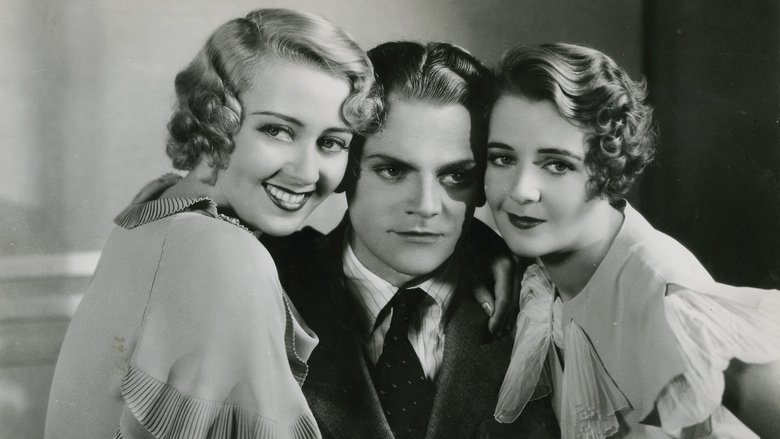← Back to Reviews

in
#570 - Footlight Parade
Lloyd Bacon, 1933

When talking pictures start to replace live performances as the most popular form of entertainment, a producer must come up with a variety of live musical numbers to play in the same theatres.
Old musicals are lightweight enough that one can spin an entire plot out of a spot of situational irony. The studio's decision to make a talking picture based around theatrical companies struggling to adjust to the popularity of talking pictures seems like a rather mean-spirited one, but if that's what it takes to literally get the show on the road then so be it. The production, which is being overseen by James Cagney's director-turned-producer (coincidentally, I think this is the first Cagney picture I've actually seen - great start, huh?), has to come up with a number of "prologues" to play before movies. He cooks up a scheme to create several performances to play at each of his business partners' theatres, but of course creating these performances consists of its own variety of problems with the complex collection of relationships that form behind the scenes between various members of the company.
As far as musicals go (especially the old ones), I definitely prefer the dancing to the singing and can respect both the dedication and visual flair that goes into bringing them to life. The songs I can more or less do without - as long as they aren't memorably bad or annoying then I can always just tune them out. Footlight Parade uses legendary musical director Busby Berkeley for its numbers and the extremely loose narrative framework allows for a variety of numbers as the company goes from theatre to theatre. There are some passable character arcs being put into place, the most memorable of which involves Cagney being oblivious the affections of his secretary (Joan Blondell) as well as that of another secretary (Ruby Keeler) and her own dream of being a dancer. These interpersonal dynamics feed into the climatic numbers themselves, which vary a bit in terms of quality. The "Honeymoon Hotel" sequence is staged well but the song is kind of annoying, while the "Shanghai Lil" sequence at least offers a decent song to go along with its dive-bar dancing. That's without mentioning what is probably the most memorable sequence, "By A Waterfall", which involves a lot of elaborate aquatic choreography that results in some fairly impressive imagery. Of course, that still means sitting through some rather average 1930s dramedy, but overall this is still fairly decent as far as old-school musicals go.
Lloyd Bacon, 1933

When talking pictures start to replace live performances as the most popular form of entertainment, a producer must come up with a variety of live musical numbers to play in the same theatres.
Old musicals are lightweight enough that one can spin an entire plot out of a spot of situational irony. The studio's decision to make a talking picture based around theatrical companies struggling to adjust to the popularity of talking pictures seems like a rather mean-spirited one, but if that's what it takes to literally get the show on the road then so be it. The production, which is being overseen by James Cagney's director-turned-producer (coincidentally, I think this is the first Cagney picture I've actually seen - great start, huh?), has to come up with a number of "prologues" to play before movies. He cooks up a scheme to create several performances to play at each of his business partners' theatres, but of course creating these performances consists of its own variety of problems with the complex collection of relationships that form behind the scenes between various members of the company.
As far as musicals go (especially the old ones), I definitely prefer the dancing to the singing and can respect both the dedication and visual flair that goes into bringing them to life. The songs I can more or less do without - as long as they aren't memorably bad or annoying then I can always just tune them out. Footlight Parade uses legendary musical director Busby Berkeley for its numbers and the extremely loose narrative framework allows for a variety of numbers as the company goes from theatre to theatre. There are some passable character arcs being put into place, the most memorable of which involves Cagney being oblivious the affections of his secretary (Joan Blondell) as well as that of another secretary (Ruby Keeler) and her own dream of being a dancer. These interpersonal dynamics feed into the climatic numbers themselves, which vary a bit in terms of quality. The "Honeymoon Hotel" sequence is staged well but the song is kind of annoying, while the "Shanghai Lil" sequence at least offers a decent song to go along with its dive-bar dancing. That's without mentioning what is probably the most memorable sequence, "By A Waterfall", which involves a lot of elaborate aquatic choreography that results in some fairly impressive imagery. Of course, that still means sitting through some rather average 1930s dramedy, but overall this is still fairly decent as far as old-school musicals go.
